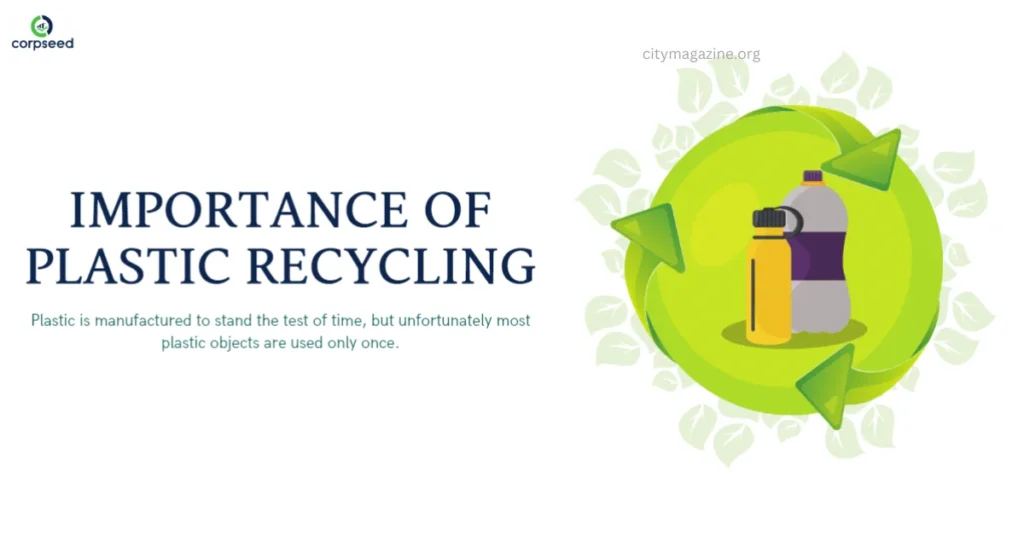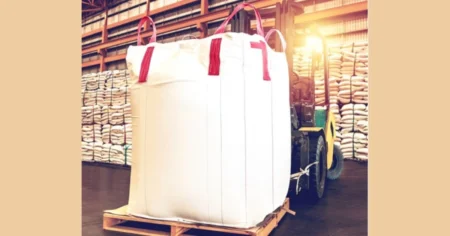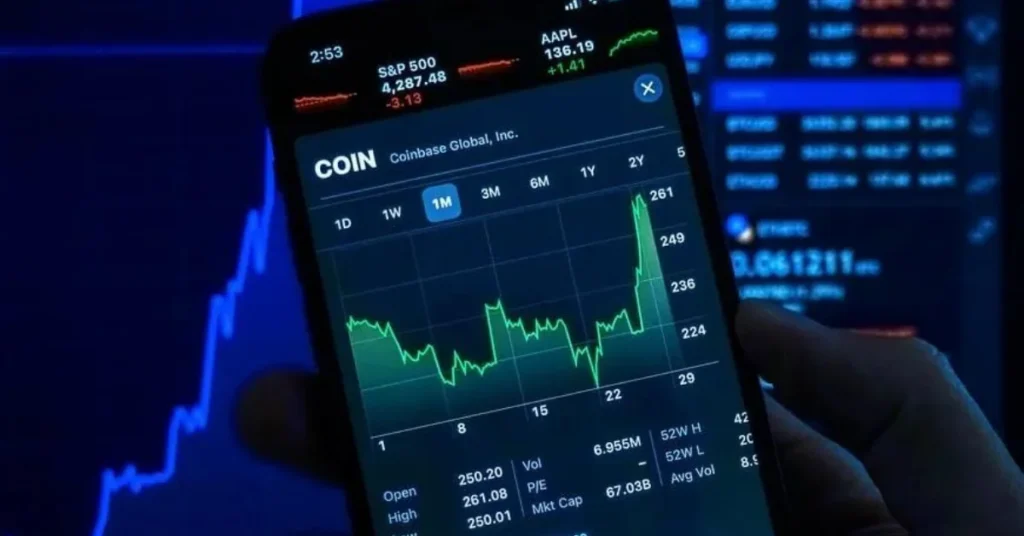Once discarded, plastic materials could take centuries to disintegrate. They clog landfills and strain waste-processing facilities. By transforming bottles, packaging, and other trash into new commodities, recycling preserves the environment and creates new economic opportunities. Recycling plastics keeps still-useful materials out of landfills and stimulates firms to create new and inventive products using them.
Plastics and Recycling
Some plastics can be recycled once or twice, whereas others are difficult to recycle due to technological and economic constraints. Because of its lightweight foam nature, which makes it difficult to handle, recyclers frequently reject Styrofoam. Polystyrene-based products, such as plastic forks and CD cases, are, on the other hand, recyclable. Vinyl packaging, polypropylene medicine bottles, low-density polyethylene disposable drink cups, and high-density polyethylene milk bottles are all examples of recyclable goods. Everyday objects made from recycled plastics include shampoo bottles, traffic cones, floor tiles, and oil funnels, to name a few.
Cost to the Environment
Plastic goods are valuable since they are long-lasting, but this becomes a drawback when abandoned. Natural processes that degrade many papers, cardboard, and wood products in a matter of months have less impact on plastic materials. Plastics accumulate in landfills, creating a mound of garbage that never seems to vanish. Plastic particles in nature are unsightly annoyances and pose a threat to wildlife. By diverting waste plastics from the waste stream and repurposing them, these persistent materials are kept out of landfills and the environment.
Inventive Applications
Designers, developers, and manufacturers must think beyond the box when it comes to employing recycled plastics in goods. Among the developments are construction decking made of recycled plastic that never rots, sports clothing, and automotive interiors. Artists have used repurposed plastics for thought-provoking art creations. Although they use a modest quantity of plastic compared to commercial usage, they help develop environmental awareness and inspire creative thinking.
Why is it necessary to recycle plastic?
Trevor Nace, geologist, adventurer, and founder of Science Trends, highlighted his concern about not recycling plastic in a recent Forbes piece. A million plastic bottles are purchased every minute around the world, with 91% of them ending up in landfills.
The ramifications for our land, water, and animals are severe. Because most plastic bottles are thrown away rather than recycled, most end up in landfills or the oceans. Many landfills are already overburdened, taking away valuable space that could be used for something else. Pollutants are also released into the soil and water by landfill garbage. Small pieces of residual plastic are constantly ingested by ocean species, which then wind up in human food.
Because much of it might be repurposed and reused, plastic waste has a negative economic impact. Given that plastic output is expected to triple in the next 20 years and triple by 2050 and that plastic takes 400 to 1,000 years to degrade, addressing the problem as soon as feasible is critical.
At least two reasons make it critical to try to boost recycling:
- Recycling saves 88 percent of the energy used to make from raw materials, lowering fossil fuel usage.
- By diverting wasted plastics from the waste stream and repurposing them, these persistent materials are kept out of landfills and the environment.
Suggested Read: Swachhbharat




